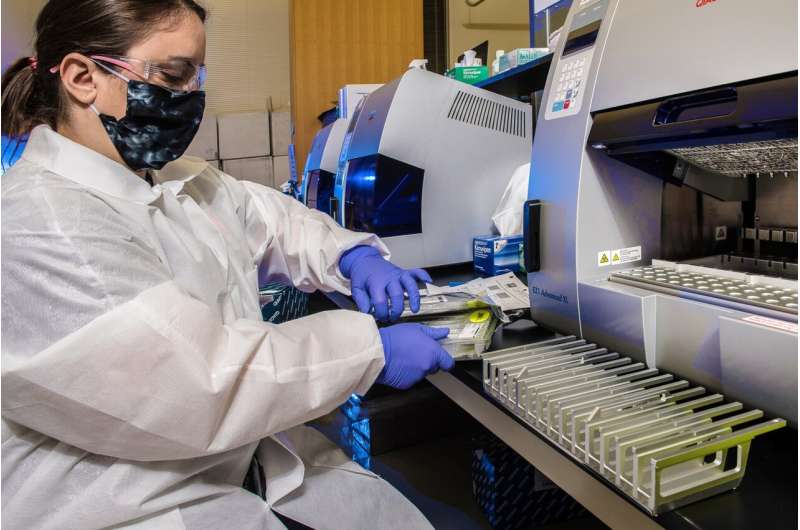Increased Mortality Risk from Lymphoma and Infections in Rare Skin Cancers Revealed by New Study

New research reveals increased risk of death from lymphoma and infections in patients with rare skin cancers mycosis fungoides and Sézary syndrome, emphasizing the need for early diagnosis and careful monitoring.
A recent comprehensive study conducted by researchers at Karolinska Institutet and Karolinska University Hospital highlights a significant increase in mortality risks among patients diagnosed with the rare skin cancers mycosis fungoides (MF) and Sézary syndrome (SS). These cutaneous T-cell lymphomas affect the immune cells within the skin, with MF typically progressing slowly, whereas SS tends to spread extensively throughout the body.
The study, published in the British Journal of Dermatology, tracked over 600 Swedish patients diagnosed between 2000 and 2019, comparing their outcomes with more than 6,000 matched individuals without these diseases. Results showed that patients with MF or SS had a 56% higher risk of death from any cause. Most notably, the risk of death due to lymphoma was nearly 180 times higher, and fatal infections were almost three times more common in these patients compared to the general population. Interestingly, the incidence of death from heart disease or other cancers did not increase.
Dr. Hanna Brauner, a leading researcher from Karolinska Institutet, explained that lymphoma was the primary cause of mortality, especially among those with more advanced disease stages. She emphasized that infections, although less frequent, also contributed to increased mortality rates.
The study further identified that patients requiring immediate hospital care or systemic treatment shortly after diagnosis faced markedly poorer survival prospects, with a median survival of only 4.5 years, versus 14.2 years in patients with milder forms of the disease. This underscores the importance of early diagnosis and ongoing, careful monitoring of affected individuals.
The findings advocate for proactive management of infections and tailored treatment plans to improve patient outcomes. Recognizing the disease's heterogeneity and severity can help clinicians better support patients with these rare skin lymphomas.
For more detailed information, the study is accessible via the DOI: 10.1093/bjd/ljaf233. (source: https://medicalxpress.com/news/2025-07-higher-death-lymphoma-infections-rare.html)
Stay Updated with Mia's Feed
Get the latest health & wellness insights delivered straight to your inbox.
Related Articles
New Insights on Cachexia Highlight the Value of Patient-Reported Data in Disease Understanding
A groundbreaking essay highlights the significance of patient-reported experiences in understanding and treating cachexia, emphasizing the importance of listening to patients as valuable sources of medical insight.
Certain Disposable Vapes May Emit More Toxic Metals Than Traditional Cigarettes
Research indicates that some disposable vapes emit higher levels of toxic metals than traditional cigarettes, raising health concerns among users, especially youth.
Inflammation Could Explain Heart Attack and Stroke Risks in Women Without Traditional Factors
Research reveals that inflammation, as measured by hsCRP levels, can identify women at risk for heart attacks and strokes despite lacking traditional risk factors, highlighting new avenues for prevention.



